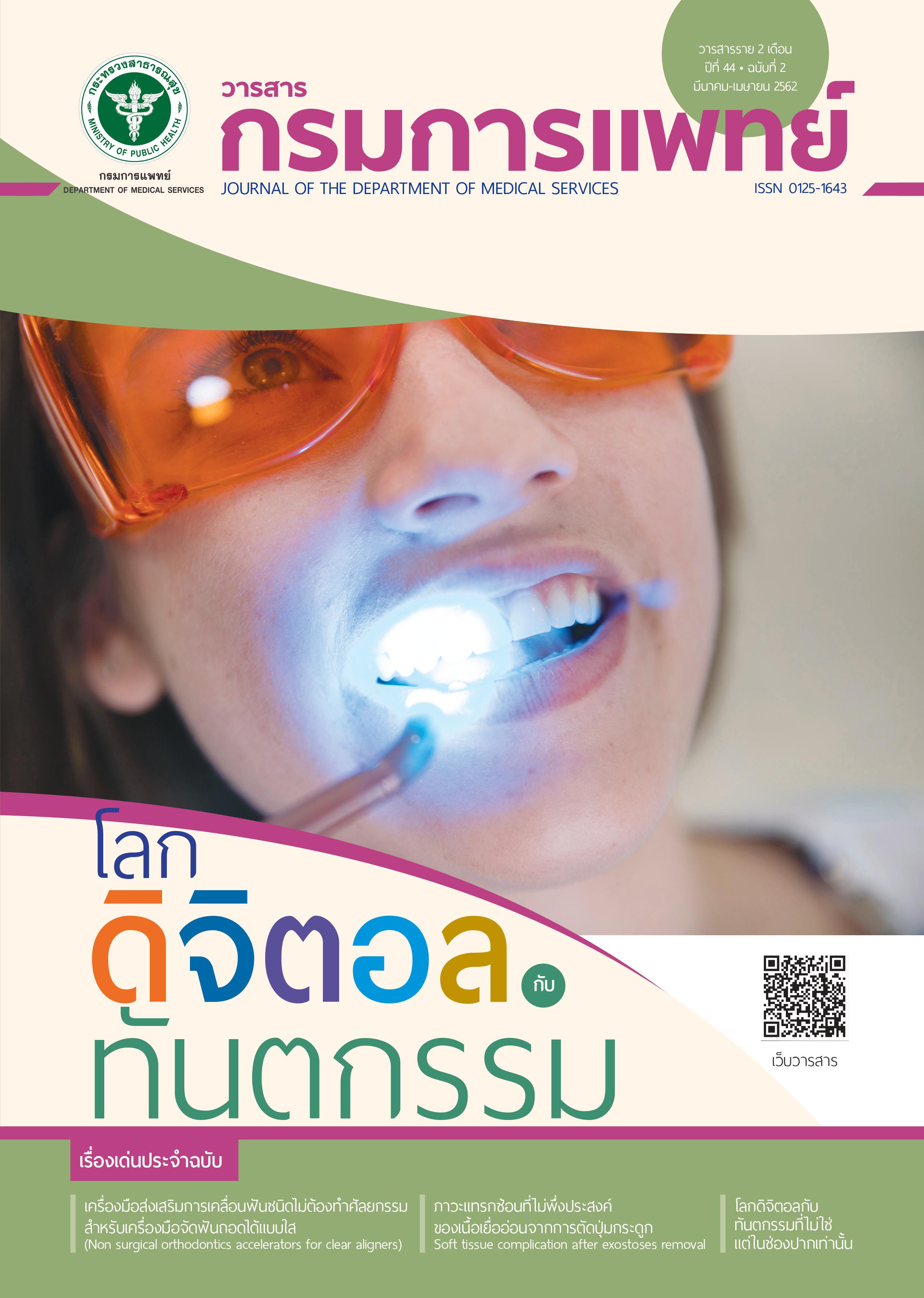Comparison of Neurological Assessment between Abnormal and Normal Umbilical Arterial Blood Gas Analysis in High Risk Infants
Keywords:
Umbilical cord gas, Neurological assessment, Hypoxic ischemic encephalopathyReferences
Black RE, Cousens S, Johnson HL, Lawn JE, Rudan I, Bassani DG, et al. Global, regional, and national causes of child mortality in 2008: a systematic analysis. Lancet 2010; 375: 1969-87.
Morales P, Bustamante D, Espina-Marchant P, Neira-Pena T, Gutierrez-Hernandez MA, Allendo-Castro C, et al. Pathophysiology of perinatal asphyxia: can we predict and improve individual outcomes? EPMA J2011; 2: 211-30.
The American College of Obstetricians and Gynecologists on obstetric practice. ACOG Committee Opinion No.348, November 2006: Umbilical cord blood gas and acid-base analysis. Obstet Gynecol 2006; 108: 1319-22.
Perlman JM. Summary proceedings from the neurology group on hypoxic-ischemic encephalopathy. Pediatrics 2006; 117: S28-33.
Hankins GD, Speer M. Defining the pathogenesis and pathophysiology of neonatal encephalopathy and cerebral palsy. Obstet Gynecol 2003; 102: 628-36.
Sarnat HB, Sarnat MS. Neonatal encephalopathy following fetal distress: A clinical and electroencephalographic study. Arch Neurol 1976; 33: 696-705.
Shalak LF, Laptook AR, Velaphi SC, Perlman JM. Amplitudeintegrated electroencephalography coupled with an early neurologic examination enhances prediction of term infants at risk for persistent encephalopathy. Pediatrics 2003; 111: 351–7.
Thompson CM, Puterman AS, Linley LL, Hann FM, van der Elst CW, Molteno CD, et al. The value of a scoring system for hypoxic ischemic encephalopathy in predicting neurodevelopmental outcome. Acta Paediatr 1997; 86: 757-61.
Lavrijsen SW, Uiterwaal CS, Stigter RH, de Vries LS, Visser GH, Groenendaal F. Severe umbilical cord acidemia and neurological outcome in preterm and full-term neonates. Biol Neonate 2005; 88: 27-34.
Toh VC. Early predictors of adverse outcome in term infants with post-asphyxial hypoxic ischaemic encephalopathy. Acta Paediatr 2000; 89: 343-7.
Yeh P, Emary K, Impey L. The relationship between umbilical cord arterial pH and serious adverse neonatal outcome: analysis of 51,519 consecutive validated samples. BJOG 2012; 119: 824-31.
Ahmadpour-Kacho M, Zahedpasha Y, Hagshenas M, Akbarian Rad Z, Sadat Nasseri B, Bijani A. Short Term Outcome of Neonates Born with Abnormal Umbilical Cord Arterial Blood Gases. Iran J Pediatr 2015; 25: e174.
Horn AR, Swingler GH, Myer L, Linley LL, Raban MS, Joolay Y, et al. Early clinical signs in neonates with hypoxic ischemic encephalopathy predict an abnormal amplitudeintegrated electroencephalogram at age 6 hours. BMC Pediatr 2013; 13: 52.
Mwakyusa SD, Manji KP, Massawe AW. The hypoxic ischaemic encephalopathy score in predicting neurodevelopmental outcomes among infants with birth asphyxia at the Muhimbili National Hospital, Dar-es-Salaam, Tanzania. J Trop Pediatr 2008; 55: 8-14.
Thorsen P, Jansen-van der Weide MC, Groenendaal F, Onland W, van Straaten HL, Zonnenberg I, et al. The Thompson Encephalopathy Score and Short-Term Outcomes in Asphyxiated Newborns Treated With Therapeutic Hypothermia. Pediatr Neurol 2016; 60: 49-53.
Downloads
Published
How to Cite
Issue
Section
License
บทความที่ได้รับการตีพิมพ์เป็นลิขสิทธิ์ของกรมการแพทย์ กระทรวงสาธารณสุข
ข้อความและข้อคิดเห็นต่างๆ เป็นของผู้เขียนบทความ ไม่ใช่ความเห็นของกองบรรณาธิการหรือของวารสารกรมการแพทย์



